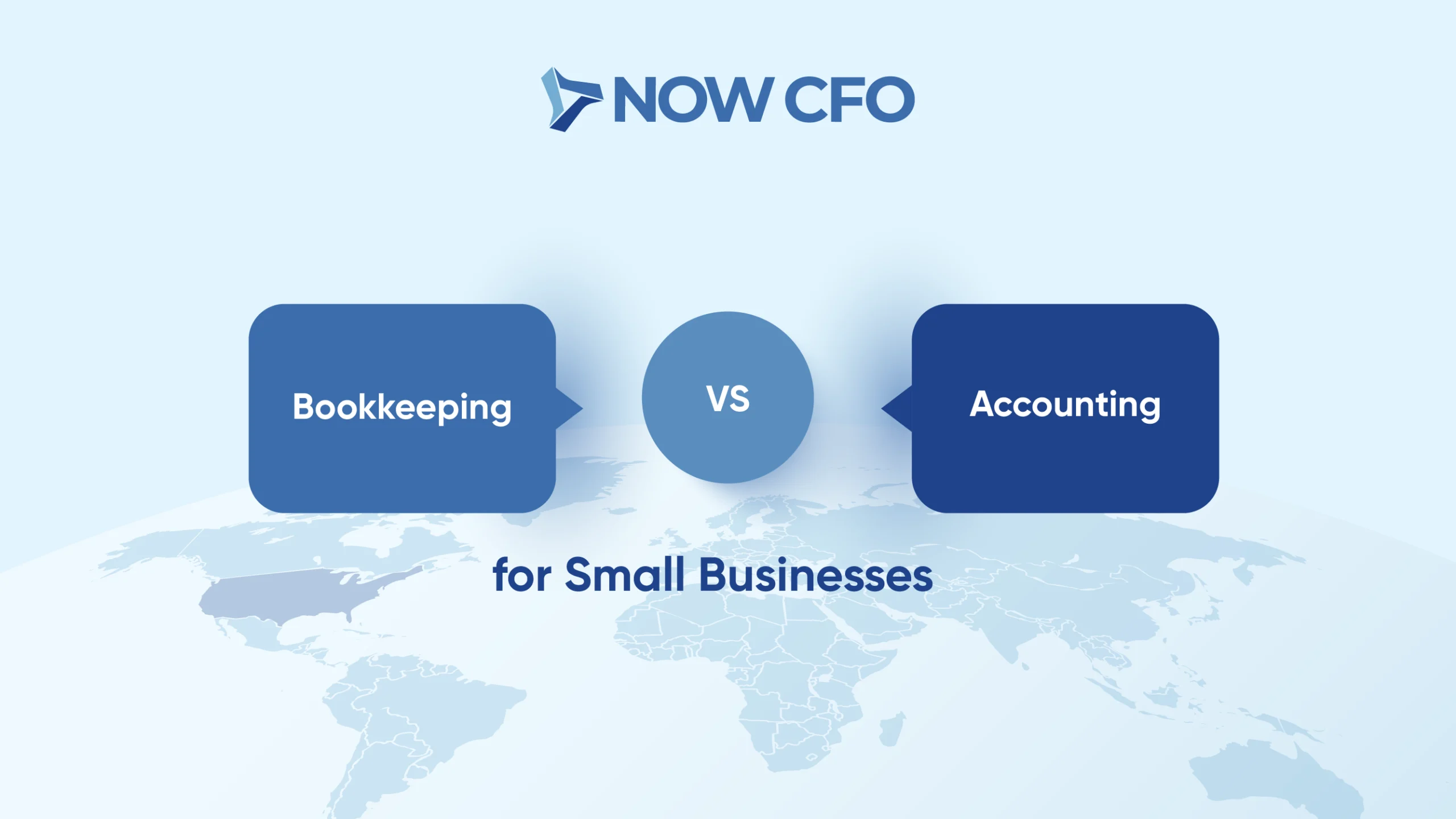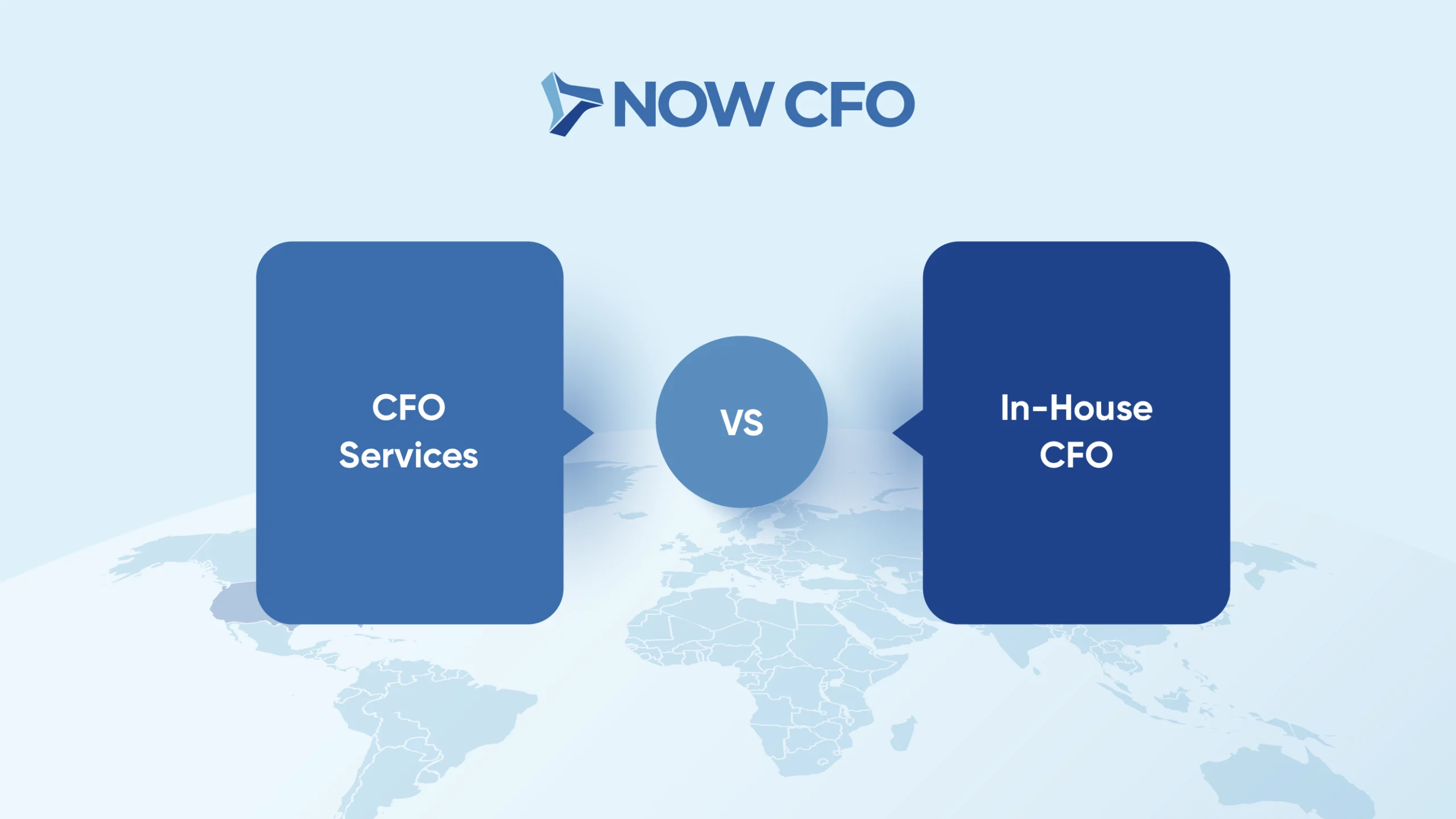
What Is Relationship Between Financial Forecasting And Budgeting?
In the quest for financial mastery, the art and science of forecasting and budgeting stand as critical pillars. Mastering these tools is essential for anyone looking to navigate the tumultuous waters of personal finance or steer a business toward prosperity. This blog post will delve into each component’s intricacies, showcasing how they coexist and complement each other to create a robust financial plan. By understanding and effectively using forecasting and budgeting, individuals and organizations can unlock their full financial potential, making informed decisions that pave the way for financial success.
Introduction to Financial Mastery
Financial mastery is essential for anyone looking to navigate their financial journey confidently and successfully. It hinges on two pivotal tools: forecasting and budgeting, which form the foundation of strategic financial planning and management. Let’s briefly outline their roles in attaining financial mastery:
- Informed Decision-Making: Utilizing forecasting and budgeting enhances decision-making by relying on data-driven insights rather than guesswork, allowing individuals and organizations to make smarter financial choices.
- Strategic Financial Planning: These tools enable setting realistic goals and developing actionable plans to achieve them, ensuring plans are both forward-looking and grounded in current realities.
- Risk Management and Opportunity Maximization: Forecasting helps identify potential risks and opportunities, while budgeting ensures resources are allocated efficiently to mitigate risks and seize opportunities.
- Resource Allocation and Control: Budgeting provides a structured approach to managing finances, ensuring spending aligns with priorities and goals, thus maximizing financial well-being.
- Adaptability to Change: Financial mastery requires flexibility. The iterative forecasting and budgeting processes allow for continuous updates to financial plans, ensuring they remain relevant in an ever-changing financial landscape.
Understanding Forecasting
Financial forecasting is essential in predicting future financial conditions, enabling informed strategic planning and decision-making. Here’s a streamlined overview of its main components:
- Historical Data Analysis: This foundational step involves examining past financial performance to identify trends and patterns. It provides a basis for making educated predictions about future outcomes, leveraging historical financial data to forecast future scenarios.
- Types of Forecasting Models: Various models are employed based on the forecasting needs, including:
- Linear regression models, which predict outcomes based on independent variables.
- Time series analysis is used for detecting trends, seasonality, and patterns over time.
- Qualitative forecasting relies on expert opinions without sufficient historical data.
Each model is selected according to the specific aspect of business or market trends being forecasted.
- Scope and Purpose: The scope of forecasting ranges from analyzing broad market trends to specific financial metrics of a company. It aims to aid in strategic planning, risk assessment, and decision-making by anticipating market changes and potential financial risks and opportunities.
- Informed Decision-Making: Financial forecasting facilitates informed decision-making by offering insights into future scenarios. This enables businesses and individuals to strategically plan for expansion, adjust strategies, or allocate resources to maximize profitability.
- Predicting Financial Conditions and Trends: Successful forecasting combines historical data analysis with understanding current market conditions to predict future financial performance. It requires balancing quantitative data with qualitative insights to make accurate and relevant predictions.
Exploring Budgeting
Budgeting is an essential financial management tool, enabling individuals and organizations to effectively plan, allocate, and oversee their financial resources. It encompasses several key steps, each contributing to the overall goal of achieving financial stability and growth.
- Setting Financial Goals: The foundation of any budget is the establishment of clear, attainable financial objectives. These goals guide the budgeting process, from savings targets to debt reduction, shaping the allocation of resources in alignment with one’s financial aspirations.
- Categorizing Expenses: Effective budgeting requires a thorough understanding of expenses, typically categorized into fixed (unchanging monthly costs like rent) and variable (fluctuating costs like dining out) expenses. This categorization aids in identifying where funds are going and where potential savings lie.
- Allocating Resources: With goals set and expenses categorized, the next step is strategically allocating funds. This involves prioritizing spending and savings to meet essential expenses while advancing toward financial goals.
- Monitoring Financial Performance: A budget is a living document requiring regular review. Monitoring how actual spending compares to the budgeted amounts allows for timely adjustments, ensuring financial plans remain on track and goals are achievable.
The Interplay Between Forecasting and Budgeting
Forecasting and budgeting are crucial for effective financial planning, acting as the backbone of strategic decision-making. Let’s explore the key aspects of their interaction:
- Strategic Planning Foundation: Forecasting sets the stage for strategic planning by projecting future financial conditions and guiding the creation of realistic and goal-aligned budgets. For example, anticipated market demand increases may influence budget adjustments toward production or marketing.
- Continuous Improvement Cycle: The synergy between forecasting and budgeting forms a feedback loop, enabling continuous refinement. Comparing actual outcomes with forecasts and budgets highlights discrepancies, prompting adjustments to improve future accuracy and resource allocation.
- Risk Management: Forecasting identifies potential risks and opportunities, while budgeting allocates resources to address or exploit them. This coordinated approach enhances an organization’s ability to navigate uncertainties effectively.
- Effective Resource Allocation: Integrating forecasts with budgeting ensures resources are allocated wisely, aligning with anticipated future needs. This strategic allocation supports timely investments and operational requirements.
- Adaptability to Change: The dynamic nature of forecasting and budgeting allows for adaptability, enabling organizations to adjust their financial strategies in response to new information or unexpected events.
- Enhanced Communication and Alignment: This process fosters organizational communication and alignment, ensuring that all departments work towards unified financial goals.
Practical Strategies for Harmonizing Forecasting and Budgeting
Effective integration of forecasting and budgeting into financial planning necessitates strategic approaches. Here are streamlined strategies for achieving harmony between these two critical processes:
- Utilize Financial Planning Software: Adopt financial planning software to enhance accuracy and efficiency. These tools automate data analysis and provide real-time insights, enabling more informed decisions.
- Regular Financial Reviews: Review financial performance against forecasts and budgets to identify variances, understand their causes, and adjust plans accordingly. This ensures responsiveness to financial realities.
- Embrace Flexibility: Design forecasting and budgeting flexibly, allowing quick adjustments to unexpected changes. This might involve creating adaptable budget lines or updating forecasts with new data.
- Integrate Forecasting and Budget Revisions: Use forecasting insights to inform and regularly update budgets. This iterative approach keeps budgets aligned with the latest financial projections and market trends.
- Promote Financial Awareness: Cultivate a culture of financial literacy and engagement, emphasizing the importance of active participation in forecasting and budgeting processes. This enhances collective understanding and accountability.
- Apply Scenario Planning: Employ scenario planning to prepare for future possibilities. Analyzing different outcomes helps develop flexible strategies to adjust to evolving financial landscapes.
The synergy between forecasting and budgeting is indispensable for achieving financial mastery. These tools provide the foundation for sound financial planning, enabling informed decision-making that leads to financial stability and growth. Individuals and organizations can confidently navigate the financial world’s complexities by understanding and effectively integrating forecasting and budgeting into their financial practices. The dynamic duel between forecasting and budgeting is not about choosing one over the other but recognizing their interdependence and utilizing them to unlock financial success.
Get Your Free Consultation
Gain Financial Visibility Into Your Business
We provide outsourced CFO, fractional CFO, and temporary CFO, Controller, and operational Accounting services that suit the needs of your business.
- Hourly Rates
- No Hidden Fees
- No Long Term Requirements
NOW CFO provides the highest level of expertise in finance and operational accounting to accelerate results and achieve strategic objectives for sustainable growth and success.
After completing the form, a NOW CFO Account Executive will reach out and learn more about your needs so that we can pair you with the right Partner.
Learn More: Financial Modeling vs Forecasting














